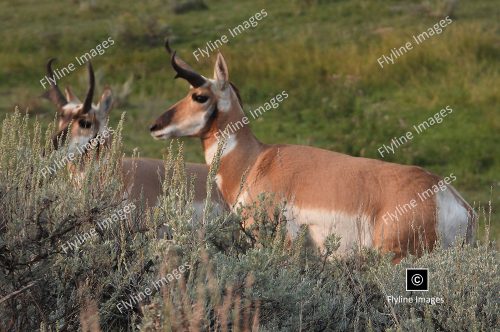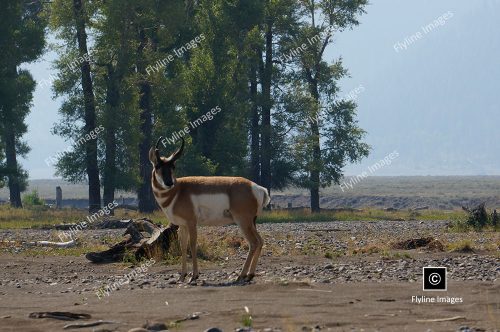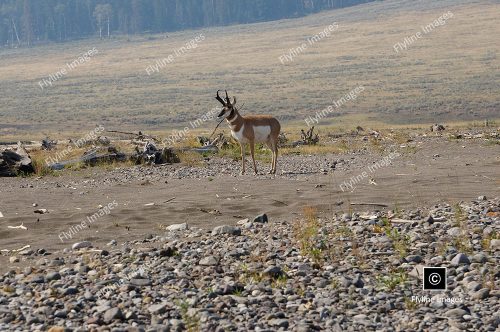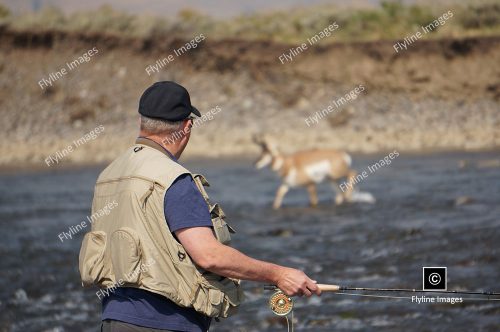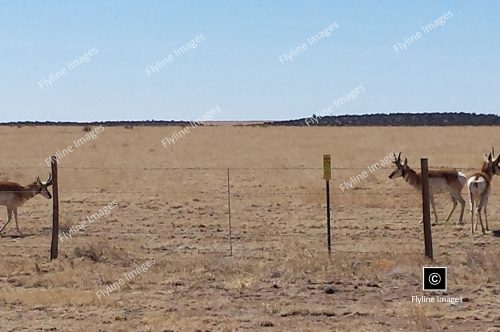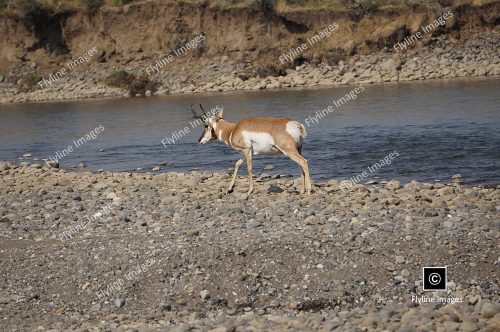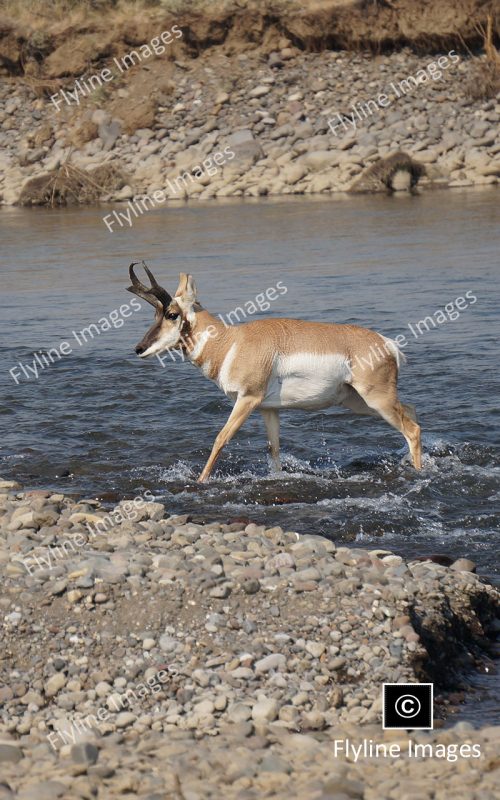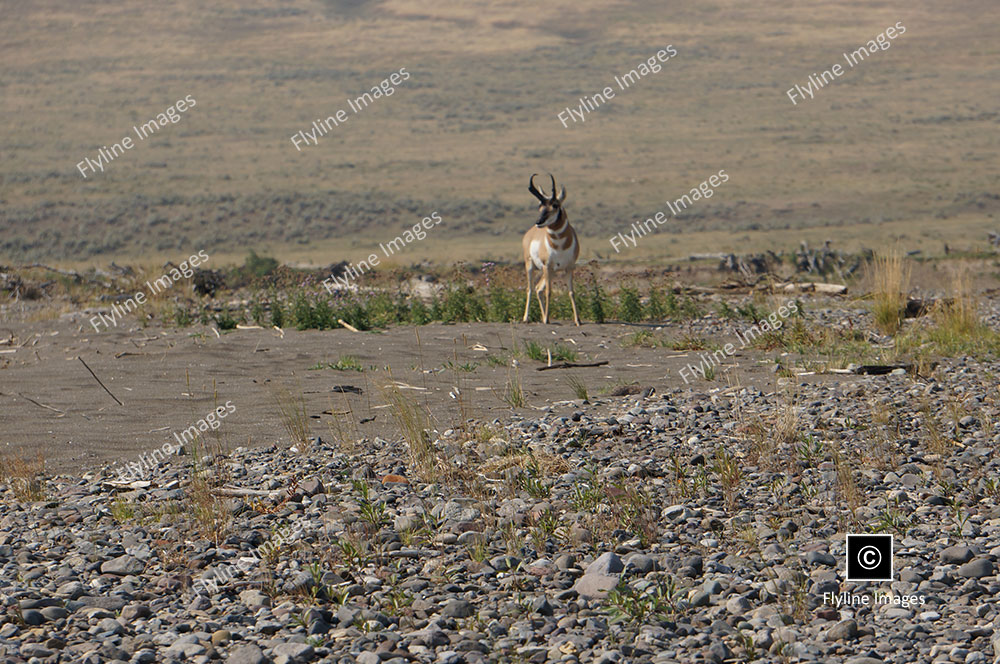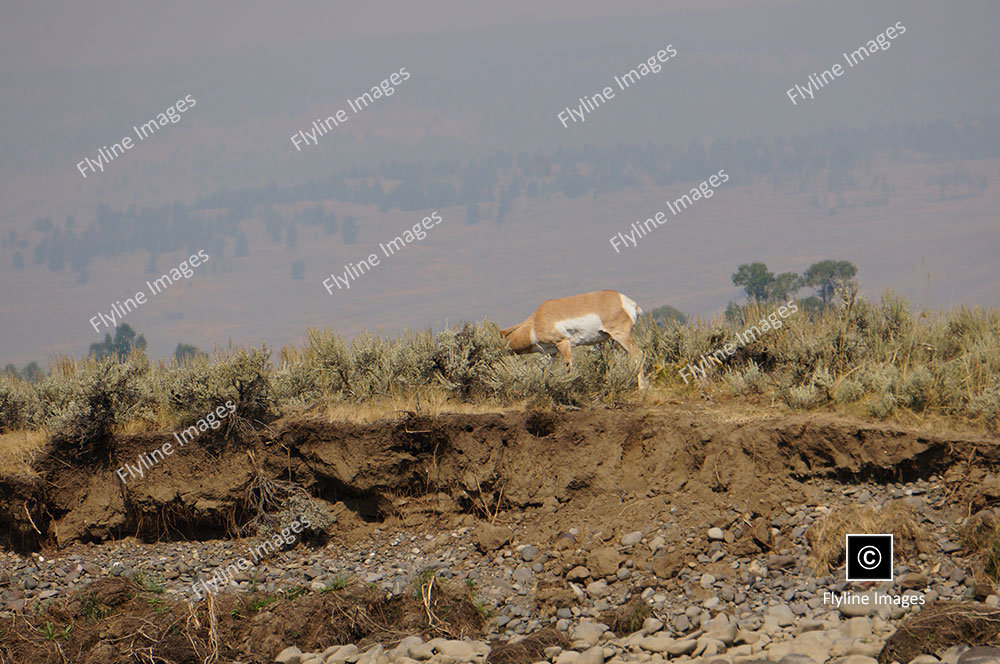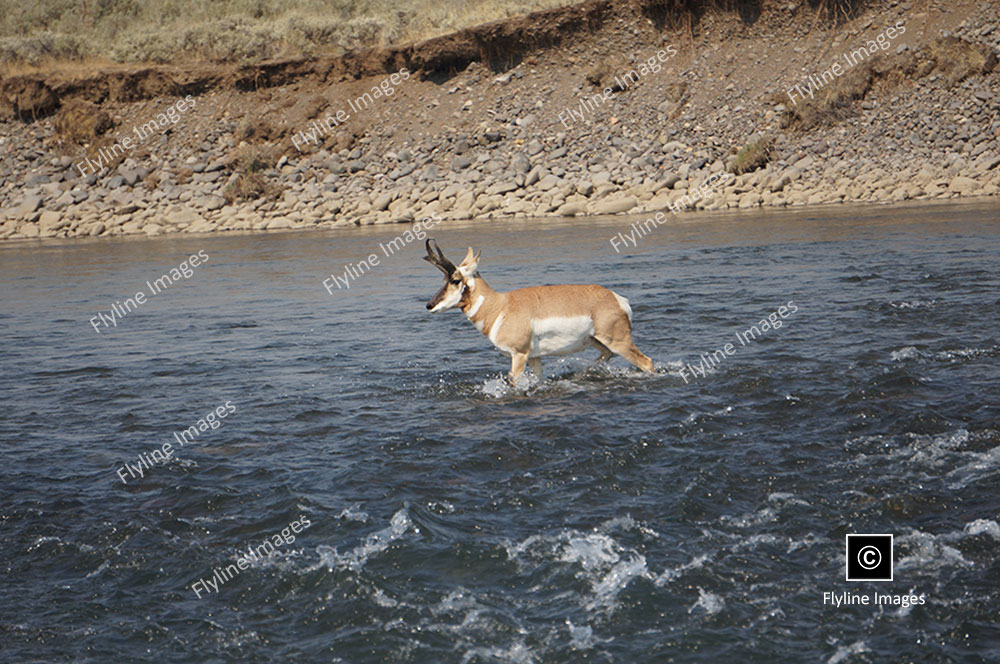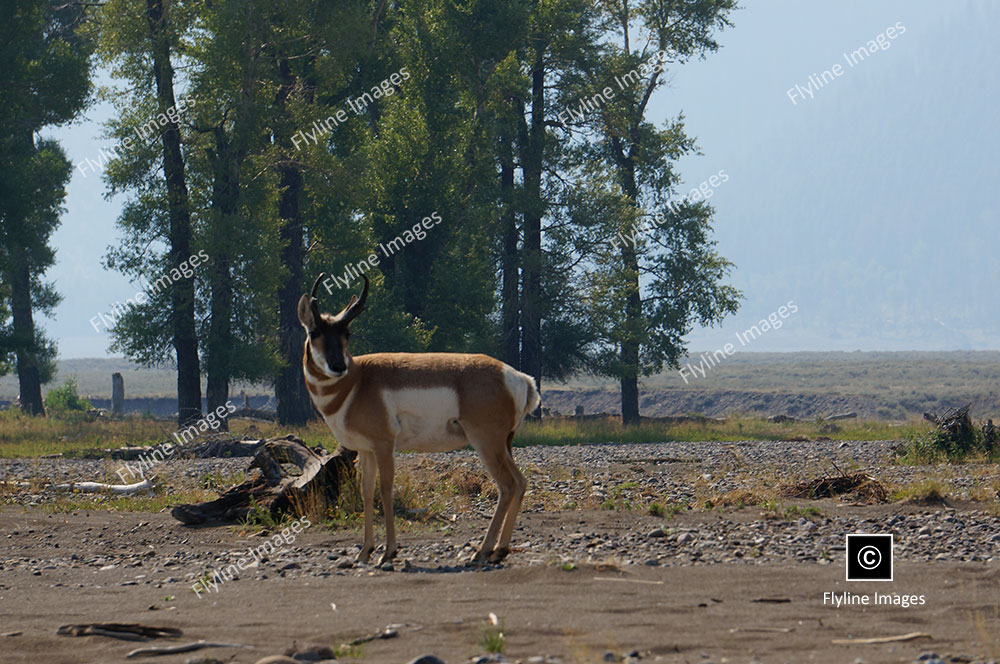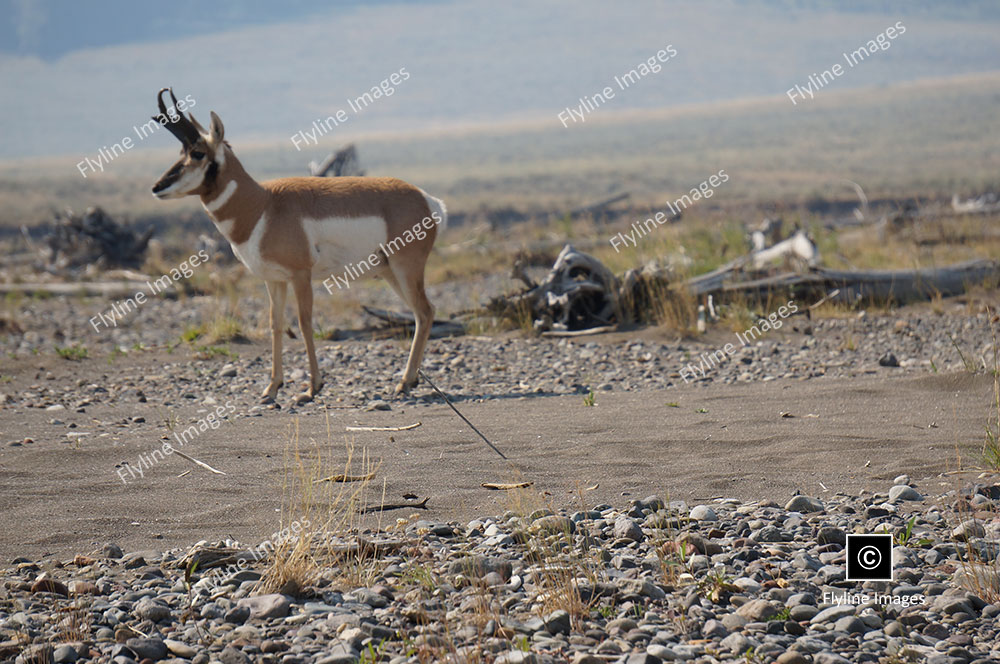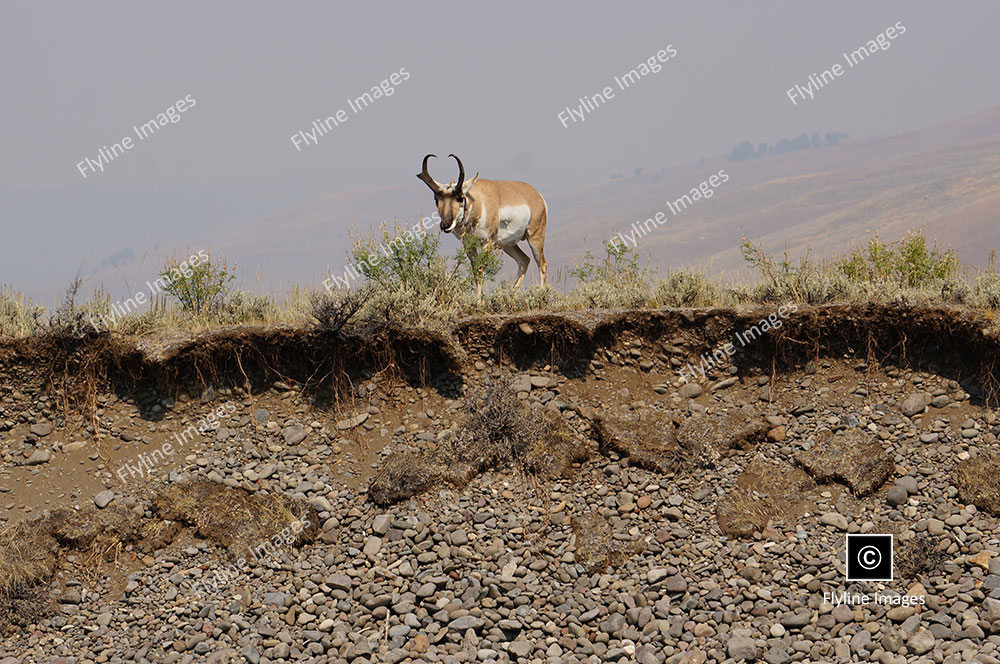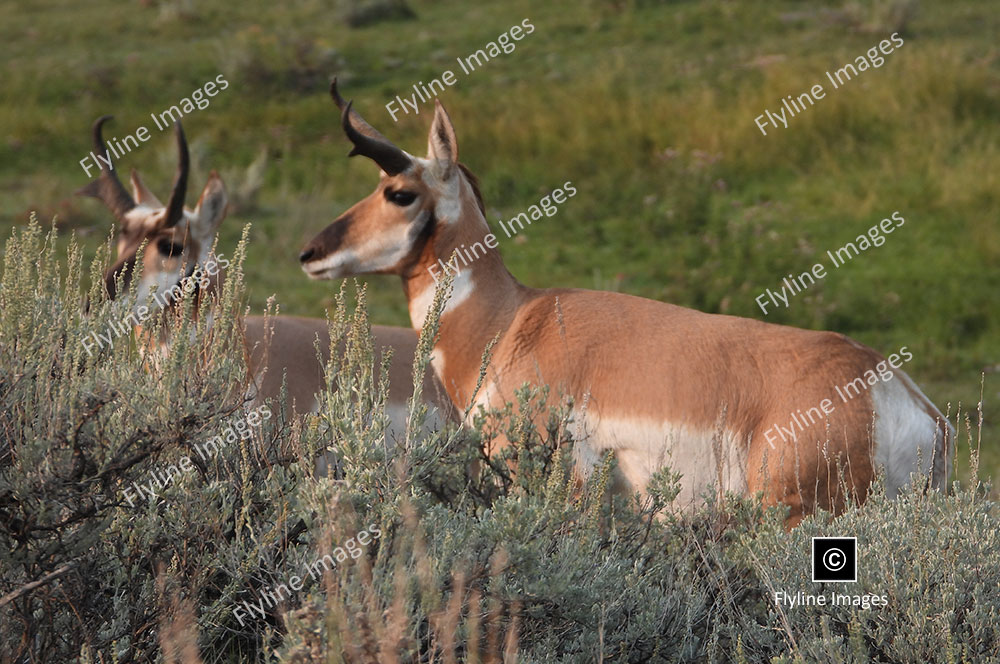Antelope
Pronghorn Antelope, Fastest Land Animal In America
The pronghorn (Antilocapra americana), often celebrated as North America’s fastest land mammal, is an intriguing species that embodies both grace and resilience. Capable of reaching speeds up to 60 miles per hour, the pronghorn can sustain high speeds longer than any other land animal in the continent. These remarkable animals are adapted to open grasslands, deserts, and brush areas where their speed is a critical survival tool against predators. Notably, pronghorns possess a unique physiological feature: their large eyes offer a wide field of vision, vital for spotting threats. Despite being commonly referred to as antelope, pronghorns are not true antelope and are instead the sole survivors of an ancient lineage now found only in North America. Their conservation status, currently listed as “Least Concern,” underlines successful efforts in management and protection, yet they continue to face challenges from habitat fragmentation and barriers to their migratory paths.
Portrait Style Images
MORE ABOUT ANTELOPE
North American antelopes, particularly the pronghorn (Antilocapra americana), embody the essence of the continent’s vast and wild landscape. Pronghorns are remarkable for several reasons, not least of which is their incredible speed. They are the fastest land animals in North America, capable of reaching speeds up to 55 mph to evade predators. This incredible speed is complemented by their endurance; pronghorns can travel for miles at half that speed, outlasting many of their pursuers. Beyond their physical prowess, pronghorns also have a unique evolutionary story. They are the sole survivors of the Antilocapridae family, which once included several other species, making them a living testament to North America’s natural history. Their keen vision, equivalent to 8x binoculars, allows them to spot threats from very far away, adding to their survival abilities. The pronghorn’s adaptation to its environment and its role in the ecosystem make it a fascinating symbol of North American wildlife resilience and beauty.
The pronghorn’s impressive physical abilities are not the only reason they have become a symbol of North American wildlife. These animals also play a crucial role in maintaining the balance of their ecosystem. As herbivores, they graze on grasses and shrubs, helping to control plant growth and prevent overgrazing in certain areas. This grazing behavior also creates new patches of exposed soil, which can be beneficial for other plant and animal species.
In addition to their grazing habits, pronghorns also contribute to seed dispersal. As they move through their environment, they consume various seeds and disperse them in their droppings, helping to spread plant life in new areas. This makes them important contributors to the health and diversity of North American plant communities.
Furthermore, pronghorns are a vital source of food for predators such as coyotes, wolves, and mountain lions. Their ability to outrun their predators allows them to survive and continue fulfilling their role in the ecosystem as grazers and seed dispersers. This intricate web of interactions between pronghorns and other species highlights the crucial role they play in maintaining the balance and health of North American ecosystems.
Beyond their ecological significance, pronghorns also hold cultural importance for many Indigenous communities across North America. These animals have been admired and revered by various tribes for centuries, with some even incorporating them into their traditional stories and ceremonies. In recent years, efforts have been made to restore pronghorn populations in areas where they have been depleted, not only for their ecological importance but also to preserve their cultural significance.
The pronghorn is a remarkable species that represents both the physical and cultural landscapes of North America. Their speed and endurance are a testament to the continent’s vast and wild terrain, while their role in maintaining ecosystem balance showcases their adaptability and resilience. As we continue to learn more about these incredible animals, we gain a deeper understanding and appreciation for the intricate connections between all living beings in our natural world. So, it is important to protect and conserve these creatures for future generations to experience and appreciate their beauty and significance. So, let us continue to celebrate and admire North America’s antelopes, the pronghorns.




